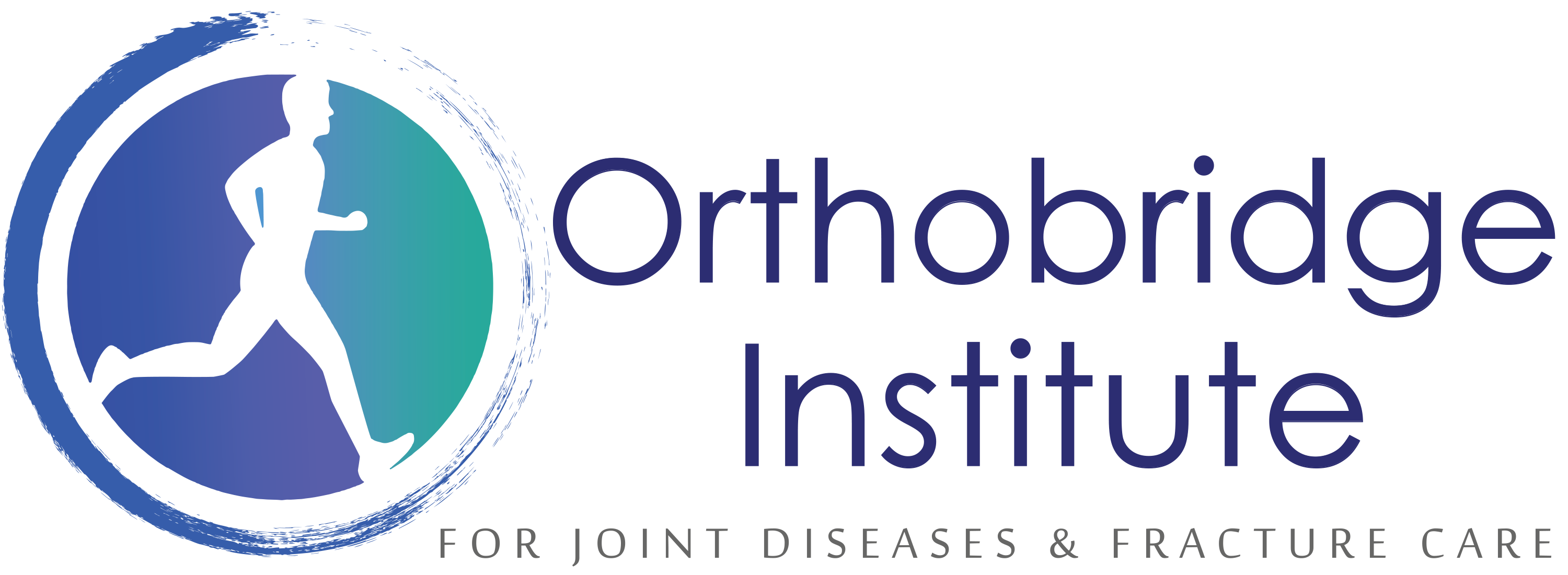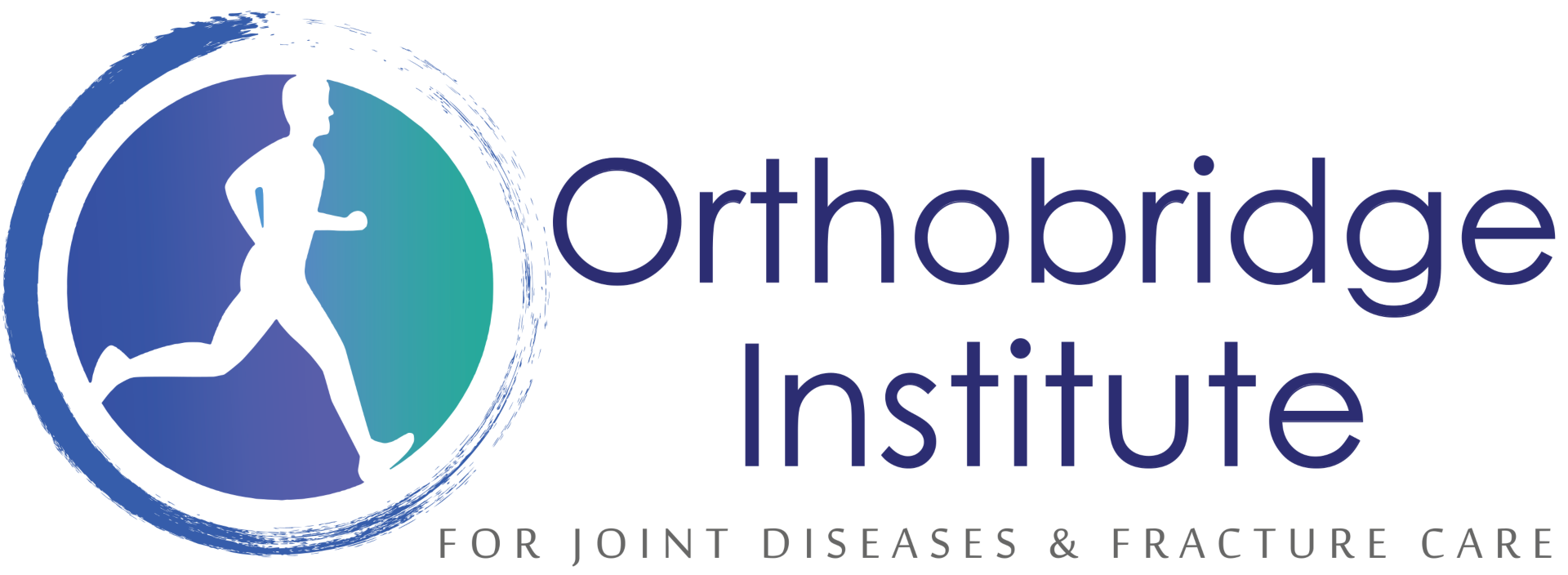Patellar tracking disorder
Learn more about some common hip fracture here we treat at Orthobridge Orthopedic Centre.
Patellar tracking disorder Treatment in Nairobi /strong>
The thigh muscles (quadriceps) help keep the kneecap (patella) stable and in place. Weak quadriceps increase the risk of patellar tracking disorder. Ligaments and tendons also help stabilize the patella. If these are too tight or too loose, you have a greater risk of patellar tracking disorder.
The goals of nonsurgical treatment of patellar tracking problems are to reduce symptoms, increase quadriceps strength and endurance, and return to normal function. Exercises for patellar tracking disorder are not complicated and can be done at home in about 20 minutes a day.
- Most patellar tracking problems can be treated effectively without surgery. Nonsurgical treatment may include rest, regular stretching and strengthening exercises, taping or bracing the knee, using ice, and short-term use of nonsteroidal anti-inflammatory drugs (NSAIDs).
- Quadriceps strengthening is the most commonly prescribed treatment for patellar tracking disorder. Exercises to increase flexibility and to strengthen the muscles around the hip can also help.

Causes of patellar tracking disorder
Patellar tracking disorder is typically caused by a combination of factors including:
- Twisting movements that strain the knee joint over and over
- A blow to the knee that thrusts the kneecap to the outer or inner side of the leg
- Tight or loose tendons, ligaments or muscles in the leg
- Weak muscles in the thighs
- Alignment problems in the knee joint
Symptoms of patellar tracking disorder
The most common symptom of patellar tracking disorder is pain (in the front of the knee) when going down stairs, jumping, squatting or kneeling. Other symptoms of patellar tracking disorder:
- Popping or grinding in the kneecap when you bend or straighten the leg
- The knee feeling as if it is buckling or giving away under the weight of the body.
Diagnosis of patellar tracking disorder
The symptoms of patellar tracking disorder are similar to other knee problems, so it is important to schedule a visit with your provider as soon as possible.
Your physician will take a full medical history and perform a full medical exam. In the exam, the physician will examine your knee as you sit, stand and walk. He or she will also move the knee to determine where the pain is the worst. In some cases, the physician will order an x-ray or MRI to rule out other knee conditions.
Treatment for patellar tracking disorder
If you think you have patellar tracking disorder, it is important to get treatment right away. The longer you wait to treat the condition, the longer the recovery period will be.
Early treatments for patellar tracking disorder include rest and ice, in combination with anti-inflammatory medications to relieve pain and swelling.
More advanced treatments for patellar tracking disorder include:
- Physical therapy — physical therapy is indicated to help strengthen the muscles and improve flexibility in the legs.
- Bracing — support the knee
- Taping — hold kneecap in place
- Orthotics — improve foot position in shoes


